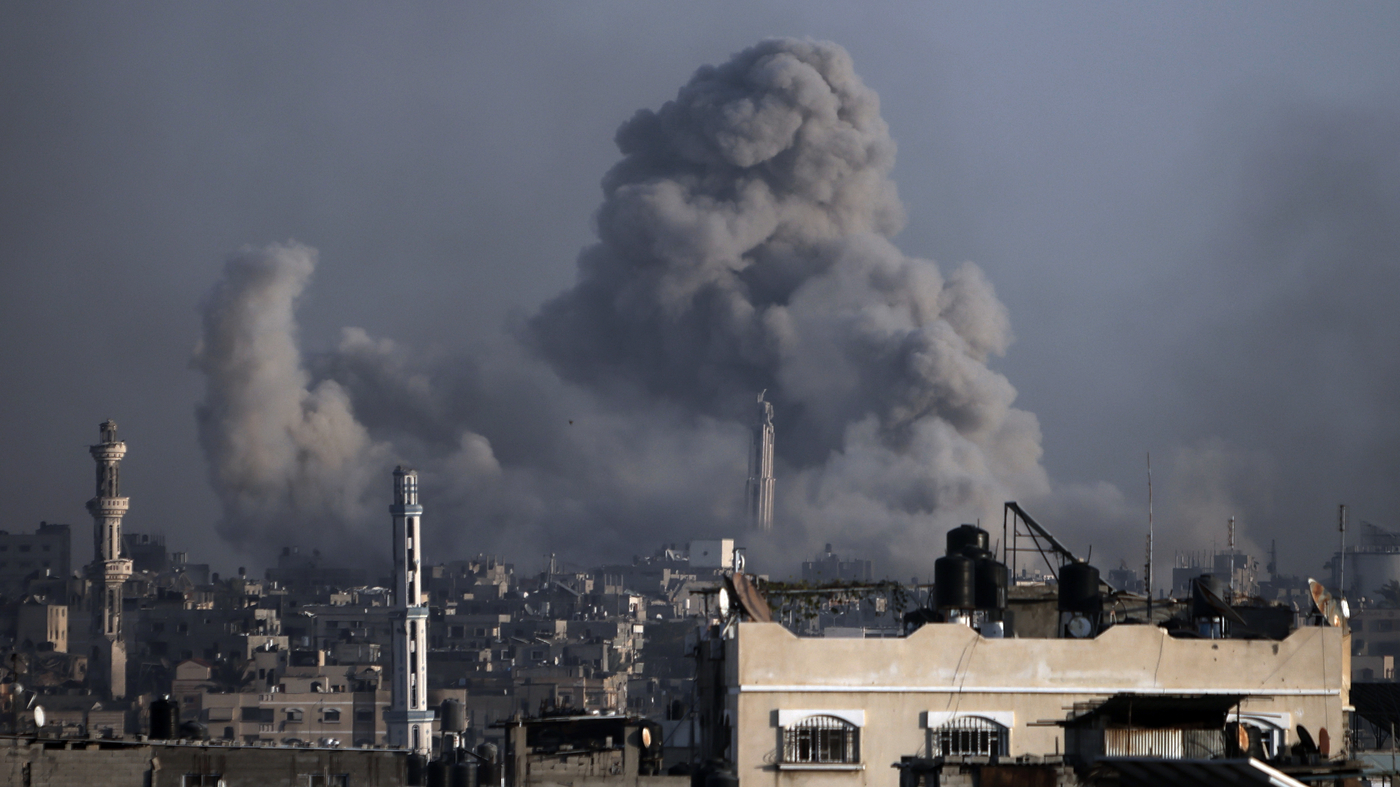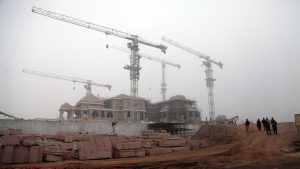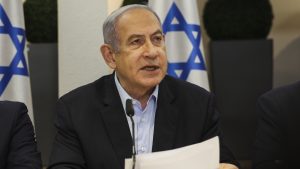
Hospitals are getting strained by the fighting in Southern Gaza
Hamas’ attack on the Gazan government and civilian population during the October 7 campaign: a keystone for the end of the Gaza war?
Gaza’s Health Ministry says a total of 25,105 Palestinians have been killed in the territory since Oct. 7, and another 62,681 have been wounded. Many casualties remain under the rubble of Israeli strikes or areas that medics can’t reach, Al- Qidra said.
At least 178 bodies were brought to Gaza’s hospitals in 24 hours along with nearly 300 wounded people, according to Health Ministry spokesperson Ashraf al-Qidra.
The war began with Hamas’ surprise attack into Israel on Oct. 7, in which Palestinian militants killed some 1,200 people, mostly civilians, and took around 250 hostage, including men, women and children.
Israeli officials have accused Hamas of using hospitals and other civilian infrastructure to hide its operations during the campaign in the city, which they said was targeting the group’s leadership. But civilians, many of whom have relocated several times since the start of the war, have been left with no refuge.
Some 85% of Gaza’s population have fled their homes, with hundreds of thousands packing into U.N.-run shelters and tent camps in the southern part of the tiny coastal enclave. U.N. officials say a quarter of the population of 2.3 million is starving as only a trickle of humanitarian aid enters because of the fighting and Israeli restrictions.
The ministry does not differentiate between civilians and combatants in its death toll but says around two-thirds of those killed were women and minors.
The Israeli military says it has killed around 8,500 Hamas fighters without providing any evidence, while blaming the high civilian death toll on Hamas because it fights in dense, residential neighborhoods.
In exchange for the release of scores of Palestinians imprisoned by Israel, nearly 50% of the captives were freed during the weeklong cease-fire. Israel says some 130 remain in captivity, but only around 100 are believed to still be alive.
Fighting intensified in southern Gaza on Monday, with medical personnel reporting heavy exchanges of gunfire and a surge of Israeli tanks and troops into areas around hospitals.
The Palestine Red Crescent Society and the Gazan health ministry claimed that many people had been killed in the city of Khan Younis. Nahed Abu Taaema, the director of surgery at Nasser Hospital, the largest hospital in southern Gaza, told Al Jazeera in a televised interview that it had received 100 wounded people and 50 bodies.
Naseem Hasan, an ambulance officer at the hospital said in an interview that tanks were 100 meters south of the hospital and that they could target anyone. He said the person who had been shot in the head had to go to the hospital for three hours because one ambulance was not able to reach him.
Ms. Farsakh stated that the Red Crescent crews were unable to respond to calls from people who were wounded due to the fact that they were being targeted.
“Khan Younis is very dangerous now,” Nebal Farsakh, a spokeswoman for the Red Crescent, said in an interview. The entire district of Khan Younis is under siege.
Wafa reported on Monday that several people had died and many were wounded at a school in Al-mawasi after an Israeli strike. The report could not be independently verified. The school was sheltering displaced people who went there after the Israeli military told them that Al-Mawasi, a seaside area, was a safe zone.
He said in a statement that the smoke from the tanks, air force and other equipment will continue to cover the Gaza Strip until the goals are achieved.
The Gaza health ministry said on Monday that Israeli strikes had killed 190 people and wounded 340 others in the enclave over the previous 24 hours. It did not specify how many of the casualties were in Khan Younis.

